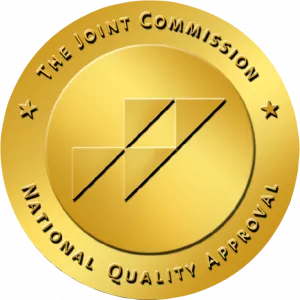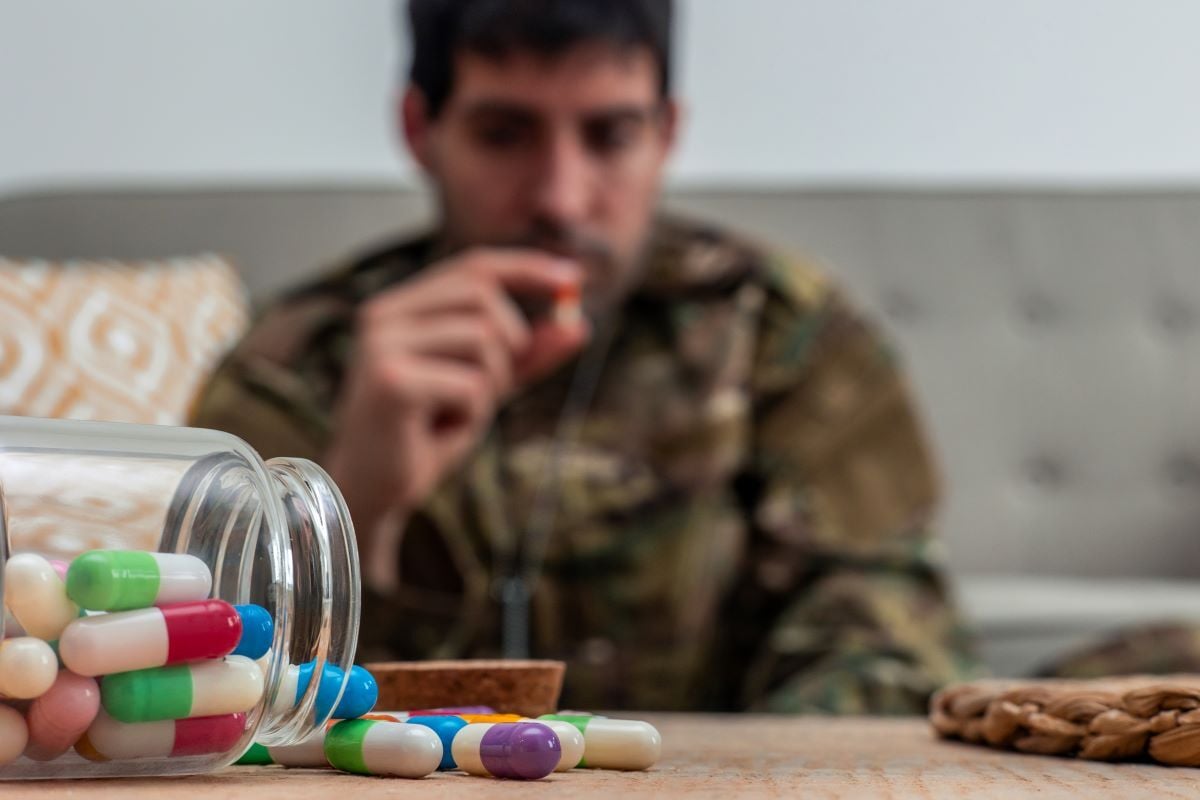Post-Traumatic Stress Disorder (PTSD) is a mental health condition that develops after experiencing or witnessing a traumatic event. Simply put, PTSD is a trauma disorder – it’s the mind and body’s response to extreme stress or a life-threatening situation, that doesn’t go away on its own. People with PTSD often relive the trauma through intrusive memories like flashbacks or nightmares, experience intense anxiety, and have difficulty controlling distressing thoughts about the event.
It’s quite normal to feel frightened and emotionally upset after trauma, but most people will recover with time and self-care. PTSD is diagnosed when trauma symptoms persist for more than a month and disrupt daily life – causing issues with work, relationships, or sleep. The encouraging news is that PTSD can be treated, and most people can regain a sense of control and safety with proper therapy and support.
Causes of PTSD
PTSD is caused by traumatic events – situations that involve real or perceived threats of injury or death, or situations that overwhelm one’s sense of safety. Not everyone who goes through trauma will develop PTSD, but for some, the psychological trauma of the event causes lasting harm. PTSD can result from directly experiencing or witnessing trauma, and even learning that a loved one went through a horrific event can trigger PTSD in some cases.
Common traumatic events that may lead to PTSD include:
- War, Combat or Military Experience: War-zone experiences and combat stress (many veterans develop PTSD after deployment).
- Serious Accidents or Injuries: Car crashes, severe work accidents, plane crashes, or other life-threatening incidents.
- Natural Disasters: Events like earthquakes, hurricanes, tornadoes, fires, or floods that put one’s life in danger.
- Physical or Sexual Assault or Abuse
- Sudden Loss or Terrorism: The sudden unexpected death of a loved one, terrorist attacks, or other extreme, frightening events.
Risk Factors for Developing PTSD
It’s important to note that most people who experience trauma do not develop PTSD. Mental health experts have found certain risk factors for PTSD that make some people more vulnerable. These include a history of trauma or adverse childhood experiences (ACEs), experiencing especially severe or prolonged trauma, lacking a strong support system after the event, or even demographic factors like gender. (For example, women are statistically more likely than men to develop PTSD.) High stress levels, other mental health challenges, or repeated exposures to traumatic events (such as first responders who see trauma regularly) can also increase the risk. Still, PTSD can affect anyone – people of any age, background, or culture – if the circumstances and risk factors align.
Signs and Symptoms of PTSD
PTSD symptoms can be emotional, psychological, and physical. They typically begin within 3 months after the traumatic event, but in some cases symptoms surface years later. If these signs of PTSD last longer than a month and interfere with a person’s daily functioning, it may indicate PTSD.
In adults, PTSD symptoms are often grouped into four main categories:
- Intrusive memories
- Avoidance
- Negative changes in mood/thoughts
- Heightened arousal (hypervigilance)
Here’s a more detailed breakdown:
- Intrusive Memories: Sufferers may have unwanted flashbacks of the traumatic event, upsetting nightmares, or intrusive thoughts that make them feel like they’re reliving the trauma. Even reminders of the event (for example, a loud noise similar to gunfire) can trigger real distress.
- Avoidance: Many people with PTSD try to avoid anything related to the trauma. They may steer clear of certain places, people, or activities that remind them of what happened. They might also avoid talking or even thinking about the event because it’s too painful.
- Negative Mood and Thoughts:PTSD often brings persistent negative emotions and beliefs. Sufferers might feel ongoing fear, guilt, or shame, or blame themselves for what happened. They may lose interest in activities they once enjoyed and feel detached or isolated from friends and family. It can be hard for them to experience positive emotions – they might feel emotionally numb or hopeless about the future.
- Arousal and Reactivity (Hypervigilance): This refers to the body’s “fight-or-flight” response being stuck in high gear. People with PTSD may be easily startled by sudden noises or movements and always feel “on guard” as if danger is around the corner. They often have trouble sleeping (insomnia or frequent waking from nightmares) and difficulty concentrating. Irritability and angry outbursts are common, and they might engage in reckless or self-destructive behavior. Physical symptoms like a racing heartbeat, rapid breathing, sweating or shaking can occur when reminded of the trauma.
These symptoms of PTSD can vary in intensity over time. They will often spike when a person is stressed, or confronted with reminders of the trauma (i.e., an anniversary of the event or a news report about a similar incident). It’s also worth noting that PTSD in children can look a bit different; kids might reenact the trauma in play or have physical symptoms and concentration problems. But in adults, the patterns above are typical. If you recognize these signs of PTSD in yourself or someone you care about, it’s important to seek professional help. Early intervention and therapy can stop symptoms from worsening and help you reclaim your quality of life.
PTSD and Addiction: The Connection
Post traumatic stress disorder and addiction often occur together. According to the U.S. Department of Veterans Affairs, nearly 50% of people seeking treatment for substance use disorder also meet criteria for PTSD. Many people with PTSD turn to alcohol or drugs in an attempt to manage overwhelming symptoms like anxiety, intrusive memories, or insomnia - a behavior known as “self-medication”. But while drugs or alcohol may temporarily numb emotional pain, they often intensify those same symptoms over time, creating a cycle that can worsen both conditions. For example, alcohol might initially dull hyperarousal or flashbacks, but heavy drinking disrupts sleep and increases depression and irritability - ultimately deepening the PTSD response.
This overlapping of PTSD and substance abuse —referred to as a co-occurring condition or dual diagnosis—can complicate recovery. Research from the National Institute on Drug Abuse (NIDA) shows that PTSD symptoms like emotional dysregulation, avoidance, and hypervigilance can undermine addiction treatment by making it harder for individuals to engage consistently in care. People with both PTSD and addiction are more likely to face challenges like homelessness, relationship strain, or health complications, and may be at greater risk for relapse if trauma-related triggers aren’t properly addressed. As a result, experts emphasize the importance of trauma-informed care that takes both conditions into account.
Integrated Treatment for PTSD and Substance Abuse
The good news is that integrated treatment—addressing both PTSD and substance use at the same time—leads to better outcomes. The Substance Abuse and Mental Health Services Administration (SAMHSA) and VA recommend evidence-based approaches like trauma-focused therapy combined with substance use counseling. PTSD and substance use therapies such as Cognitive Behavioral Therapy (CBT), Prolonged Exposure (PE), and Eye Movement Desensitization and Reprocessing (EMDR) have been shown to help people process trauma while reducing dependence on substances. With the right support, individuals can heal from both PTSD and addiction and rebuild their lives. Recognizing the strong link between PTSD and substance abuse is a vital step toward compassionate, effective care.
PTSD Treatment Options
How do you treat PTSD and substance abuse?
The good news is that PTSD is treatable, and several evidence-based PTSD therapies are available. Treatment usually involve professional mental health treatment through therapy, medication, or often a combination of both.
Here are the best PTSD treatment options in addiction recovery:
- Therapy: Working with a therapist is considered a first-line approach for PTSD and addiction treatment. Cognitive-behavioral therapy (CBT) is a highly effective PTSD and drug abuse therapy that helps patients process trauma and change negative thought patterns. A common form, called trauma-focused CBT, includes techniques like exposure therapy (gradually and safely confronting trauma memories or triggers) and cognitive restructuring (learning to reframe negative thoughts about the trauma).
Another therapy gaining attention is EMDR (Eye Movement Desensitization and Reprocessing), which uses guided eye movements while recalling the trauma to help the brain reprocess traumatic memories. EMDR has been shown to reduce PTSD symptoms and is recognized as an effective treatment by researchers and the VA.
Therapy for addiction and PTSD can be one-on-one or in groups, and can last for several weeks to months - depending on individual needs. Working with a trauma-informed therapist – someone experienced in PTSD – is key to finding the right treatment approach
- Medications: Medication can also play a role in PTSD and drug abuse recovery, usually alongside therapy. Common medications for PTSD are antidepressants like sertraline or paroxetine, which are FDA-approved for PTSD treatment. They ease symptoms like anxiety, depression, and irritability, and can improve sleep and concentration. In some cases, doctors might prescribe other drugs to target specific issues – for example, prazosin is sometimes used off-label to reduce nightmares, or anti-anxiety medications might be used short-term.
Medication is never a “cure” on its own, but it can significantly reduce PTSD symptoms and make therapy more effective. A doctor will tailor the medication plan to the individual, considering benefits and side effects, and it often takes some time to find the right medication and dosage.
- Support Groups and Self-Care: Many people find it healing to connect with others who understand what they’re going through. PTSD and substance abuse support groups and group therapy sessions allow people to share experiences, coping strategies, and hope with one another. Knowing you’re not alone can be incredibly empowering.
In addition, practicing self-care and healthy coping strategies is an important part of PTSD and alcohol addiction treatment. This can include mindfulness and meditation, breathing exercises, regular physical exercise, and maintaining a healthy routine (sleep, nutrition, etc.). Loved ones can also play a big role – strong social support from family and friends helps healing and recovery.
Simply feeling understood and supported can reduce stigma and encourage individuals with PTSD to stick with treatment. Remember, recovery from PTSD is possible. It often takes a combination of therapy, possibly medication, and support, but with time and proper care, most people with PTSD see significant improvement in their symptoms.
PTSD and Addiction Statistics
P.S: If you’re wondering how common PTSD is, about 6% of the U.S. population will experience PTSD at some point in their lives, and in any given year approximately 12 million American adults meet the criteria for PTSD. Many of them will turn to substances to relieve their symptoms. These PTSD and addiction statistics show that this condition is far more common than many realize, and recovery is always possible.
What Next?
Always remember that you are not alone. If you or someone you love is struggling with PTSD or any trauma-related mental health issue, help is available, and recovery is within reach. We encourage you to take the next step by reaching out for professional support.
Avenues Recovery Center is a network of treatment centers known for their compassionate treatment for addictions and co-occurring mental health disorders. You can visit avenuesrecovery.com to learn about their programs for PTSD and co-occurring disorders, or contact the admissions team directly to speak with a specialist who can guide you toward the help you need. Remember, seeking help is a brave and important step and never a sign of weakness.
Whether it’s through therapy, support groups, or a comprehensive treatment program, reaching out can put you on the path to healing from PTSD and addiction. PTSD and substance abuse is treatable, and with the right support, you can reclaim your life from trauma!
Avenues Recovery Center and other professional resources are here to assist. You just need to take that first step and ask for help.



